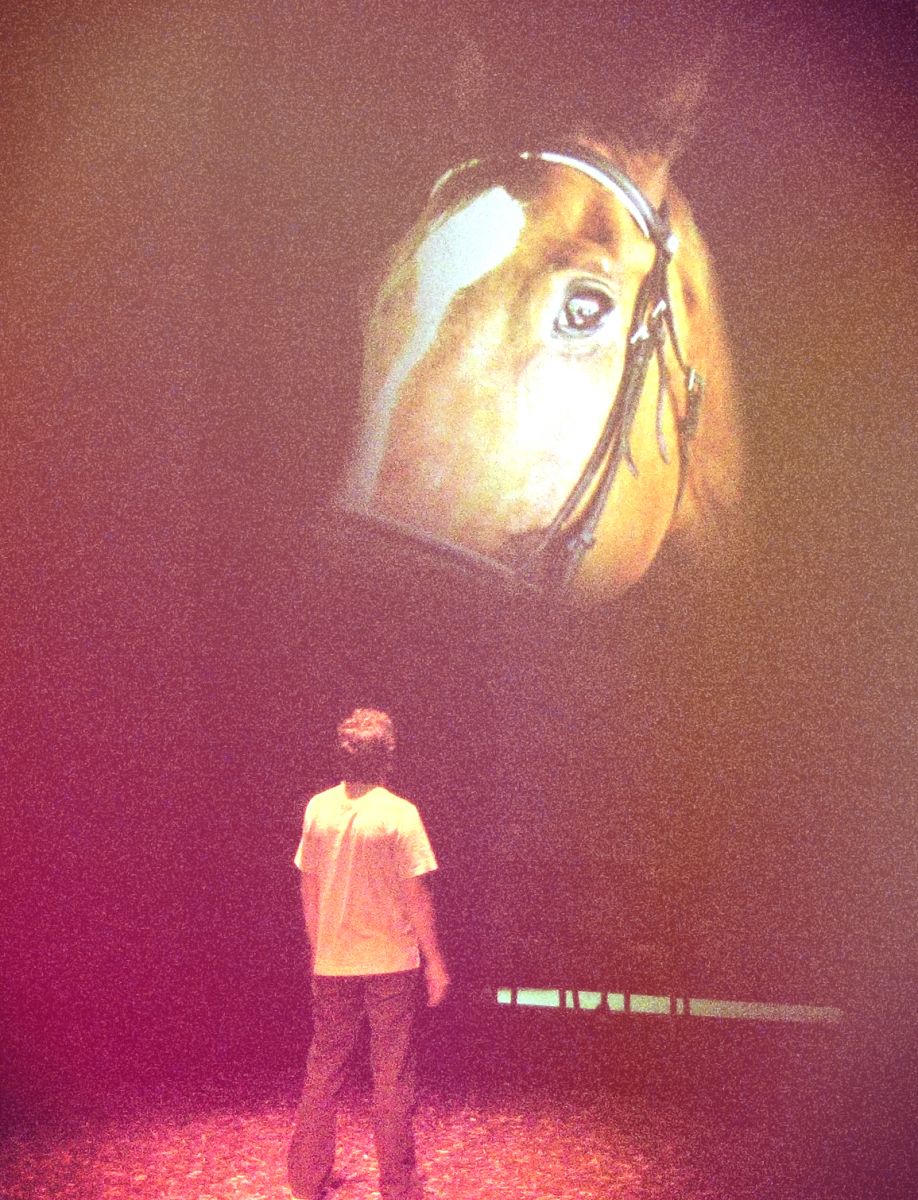New text guide
Launched this week at Crossref-it is a new A Level English student guide on Peter Shaffer’s 1973 play, Equus. Memorably revived in 2007, with Daniel Radcliffe in the leading role, Shaffer’s drama depicts the motivations and situations that led up to an horrific crime. It is the job of the play’s ‘shrink’, Martin Dysart, to pick through the evidence offered by those involved and work out why the protagonist blinded six horses. He is not helped by the truculence of his 17 year old patient, Alan Strang.The impulse to worship
Dysart himself is fired by the power of ancient Greek myths and understands why Alan has looked for a ‘higher meaning’ that that offered by his restricted, drab lifestyle. Dysart comes both to admire and be critical of Alan’s creation of an alternative religion, in which classical beliefs are twisted with his mother’s depiction of biblical narratives.Although Shaffer takes a critical view of orthodox religion (as practiced by Alan’s mother, Dora) and the way in which it harnesses individuals, he is even more critical of the world that faces Alan if all he can worship is ‘normality’ and a starkly material environment. He envies Alan’s passion, however incoherent its Christian and classical desires.
Clear explanations
It is these pagan and biblical allusions that may prove difficult for twenty-first century students, which is why the new Crossref-it guide is so handy. With quick access articles and informative tool-tips, the A Level focused guide provides commentary on each scene and has sections discussing imagery and themes, as well as language and critical perspectives.If you caught up with recent releases about developments in drama in the twentieth century, you can also see how Equus draws on Brecht’s production theories, as well as using symbolic and expressionist theatrical elements (see 20th Century Experiments).






No comments:
Post a Comment